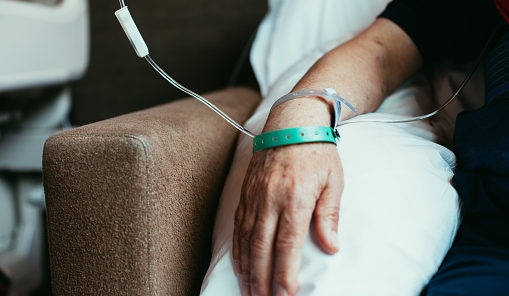A study evaluated the safety and efficacy of fertility preservation (FP) among women who received a breast cancer diagnosis. The researchers concluded that FP was associated with a higher likelihood of live births after breast cancer and assisted reproductive technology (ART) use, and did not compromise all-cause survival.
About 10% of women diagnosed with breast cancer are aged younger than 45 years. It’s estimated that half of young women diagnosed with breast cancer want to become pregnant after treatment, but their odds of getting pregnant are 40% to 60% lower than those of the general population. With an estimated 90% breast cancer survival rate, the issue of post-breast cancer fertility has become more significant.
The present study took place in Sweden and included women with breast cancer who underwent FP between 1994 and 2017 (n=425) and women with breast cancer who did not undergo FP (n=850). The two groups were matched by age calendar period of diagnosis, and county. Population-based registers were searched to collect data on live births, ART use, and mortality.
Women who underwent FP, compared to those who did not, had lower parity (302 [71.1%] vs. 171 [20.1%] were nulliparous), younger age (mean [SD], 32.1 [4] years vs. 33.3 [3.6] years), a higher likelihood of having estrogen receptor-positive tumors (289 [68%] vs. 515 [60.6%]), and a higher rate of being scheduled for chemotherapy (399 [93.9%] vs. 745 [87.7%]). At a mean follow-up of 4.6 years, 97 FP patients (22.8%) had at least one post-breast cancer live birth, compared to 74 non-FP patients (8.7%) at a mean follow-up of 4.8 years. Women with FP were significantly more likely overall to have at least one live birth after breast cancer (adjusted hazard ratio [aHR], 2.3; 95% confidence interval [CI], 1.6–3.3). The five-year cumulative incidence of post-breast cancer live births was 19.4% in the FP group compared to 8.6% in the non-FP group; the 10-year incidences were 40.7% versus 15.8%, respectively. Women in the FP group were more likely to use ART (aHR, 4.8; 95% CI, 2.2–10.7) and had a lower all-cause mortality rate (aHR, 0.4; 95% CI, 0.3–0.7) as well as lower five-year cumulative incidence of death compared to the non-FP group (5.3% vs. 11.1%).
The study was published in JAMA Oncology.
“In the settings of FP services for women with [breast cancer], decisions should be based on accurate information regarding the chances of biological parenthood following [breast cancer], both with and without the help of FP,” the study authors concluded.
Credit: Original article published here.









